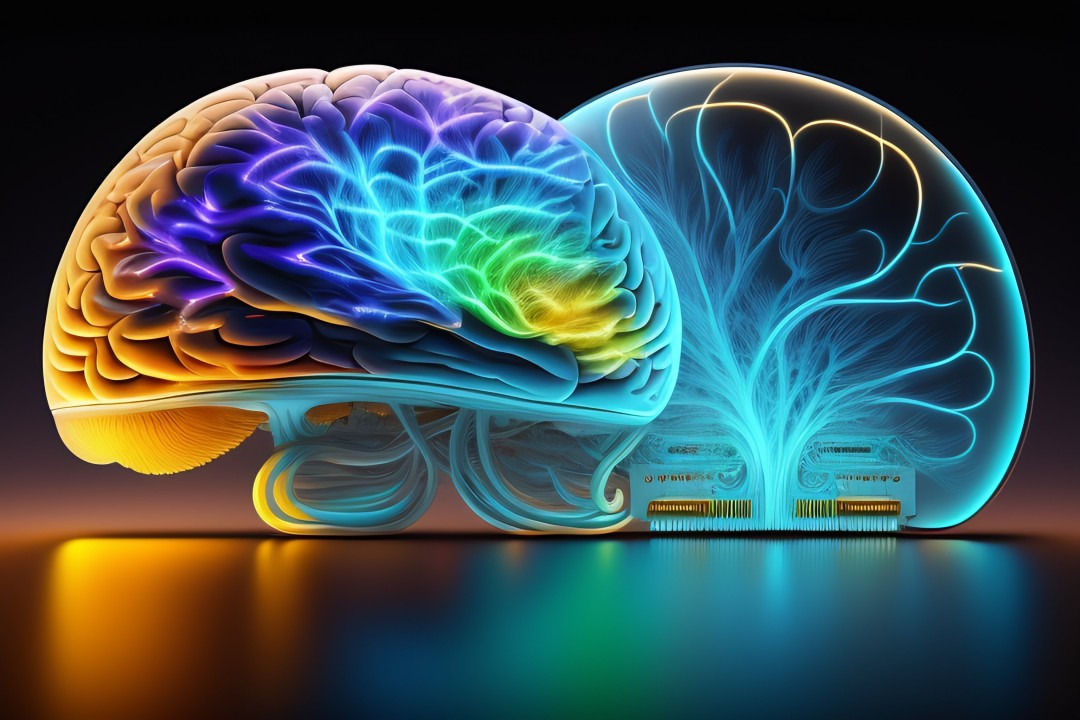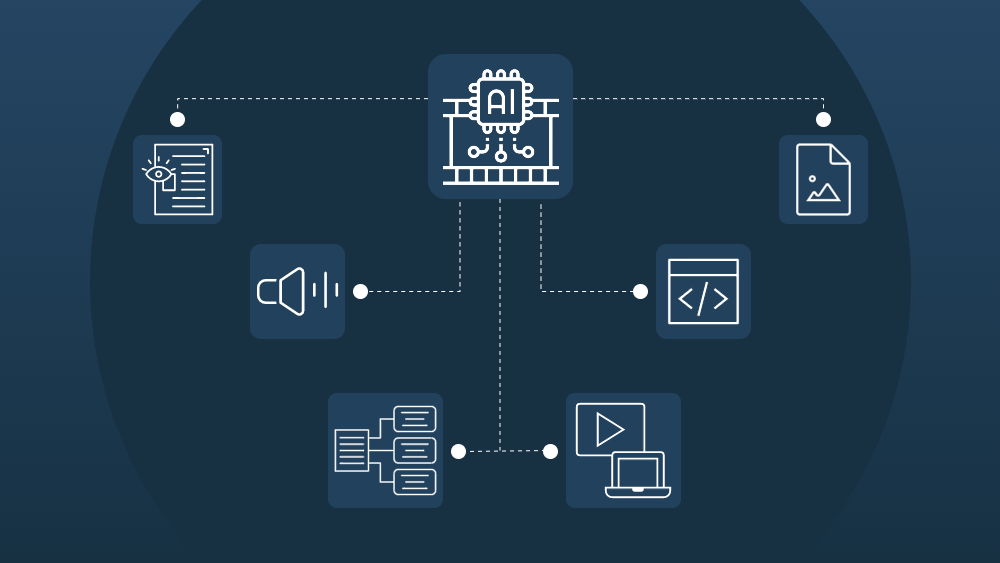
Exploring Generative AI Models: From GANs to VAEs
By Udit Agarwal

Adopting generative AI to remain competitive in the business domain has become inevitable. The ever-changing revolution requires a massive change in the digital landscape.
Here in this article, we have mentioned some of the facts about Generative AI tools that can be helpful for one in harnessing AI power in applications.
What do you mean by Generative AI Models?
Generative artificial intelligence (AI) models combine various AI algorithms generally used to represent and process content. These models utilize natural language processing techniques to generate texts, transforming raw characters such as letters, punctuation, and words into sentences, parts of speech, entities, and actions. These things are then represented as vectors by multiple encoding techniques. Generative AI Models also transform the images into various visual elements, expressed as vectors.
However, these techniques can also encode biases, racism, deception, and puffery in the training data.
Once developers choose the data representation, they use a neural network to generate new content based on a query or prompt. Techniques such as Generative Adversarial Networks (GANs) and Variational Auto Encoders (VAEs) are appropriate for generating realistic human faces, synthetic data for AI training, and facsimiles of particular humans.
Generative Adversarial Networks (GANs)
GANs, short for Generative Adversarial Networks, are machine learning models that use deep learning techniques to generate new data based on learned patterns from existing data. GANs employ two sub-models, a generator and a discriminator, which collaborate in a game-like scenario to produce progressively accurate instances of the desired data.
The generator sets the latest examples, while the discriminator tries to distinguish between the generated and natural models. The generator learns to create examples similar to accurate data through this iterative process. This makes GANs a powerful tool for developing new content like images, music, and text. Using imagery and text, technologies can create visual and multimedia artifacts.
Applications of GANs
- Image Synthesis
- Video Generation
- Data Augmentation
- Style Transfer
- Anomaly Detection
- Text-to-Image Synthesis

Variational Auto Encoders (VAEs)
Variational Auto Encoders (VAEs) is a generative model similar to Generative Adversarial Networks (GANs). VAEs consist of two neural networks, encoders, and decoders, collaborating to create effective generative models. The encoder network learns to represent the data more efficiently, capturing its essential features. On the other hand, the decoder network learns to regenerate the original dataset, reconstructing it from the encoded representation.
While working with large datasets, VAEs are incredibly useful for creating complex generative data models. By actively utilizing VAE, one can generate new images by sampling the latent distribution. This process grants permission to the users to create unique and original photos.
By optimizing the efficient representation and regeneration of data, VAEs are capable enough to create highly effective generative models.
Also Read: A Guide to Machine Learning with Python
Applications of Variational Auto Encoders
- Image and Video Generation
- Anomaly Detection
- Music Generation
- Data Imputation
- Dimensionality Reduction
- Signal Processing
- Security Analytics
Conclusion
The realm of generative AI has given birth to various models that are transforming the business landscape. We have encountered popular and cutting-edge generative AI models actively used by businesses today. For instance, OpenAI’s GPT-3 has emerged as a game-changer in natural language processing, while Google’s Magenta has facilitated the production of unique and authentic music compositions.
DALL-E has elevated generative art, enabling the creation of breathtaking and surreal images. Lastly, Generative Pre-trained Transformer 2 (GPT-2) has significantly progressed in developing chatbots that simulate human conversation.